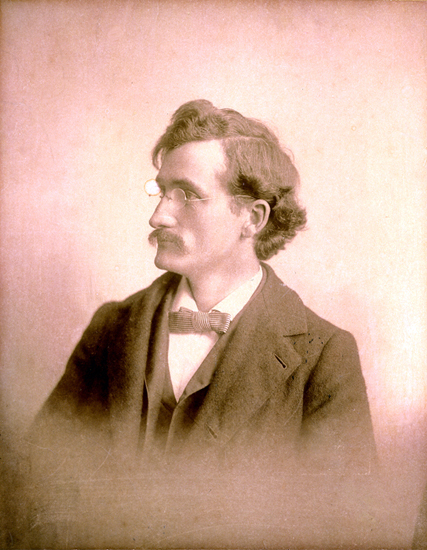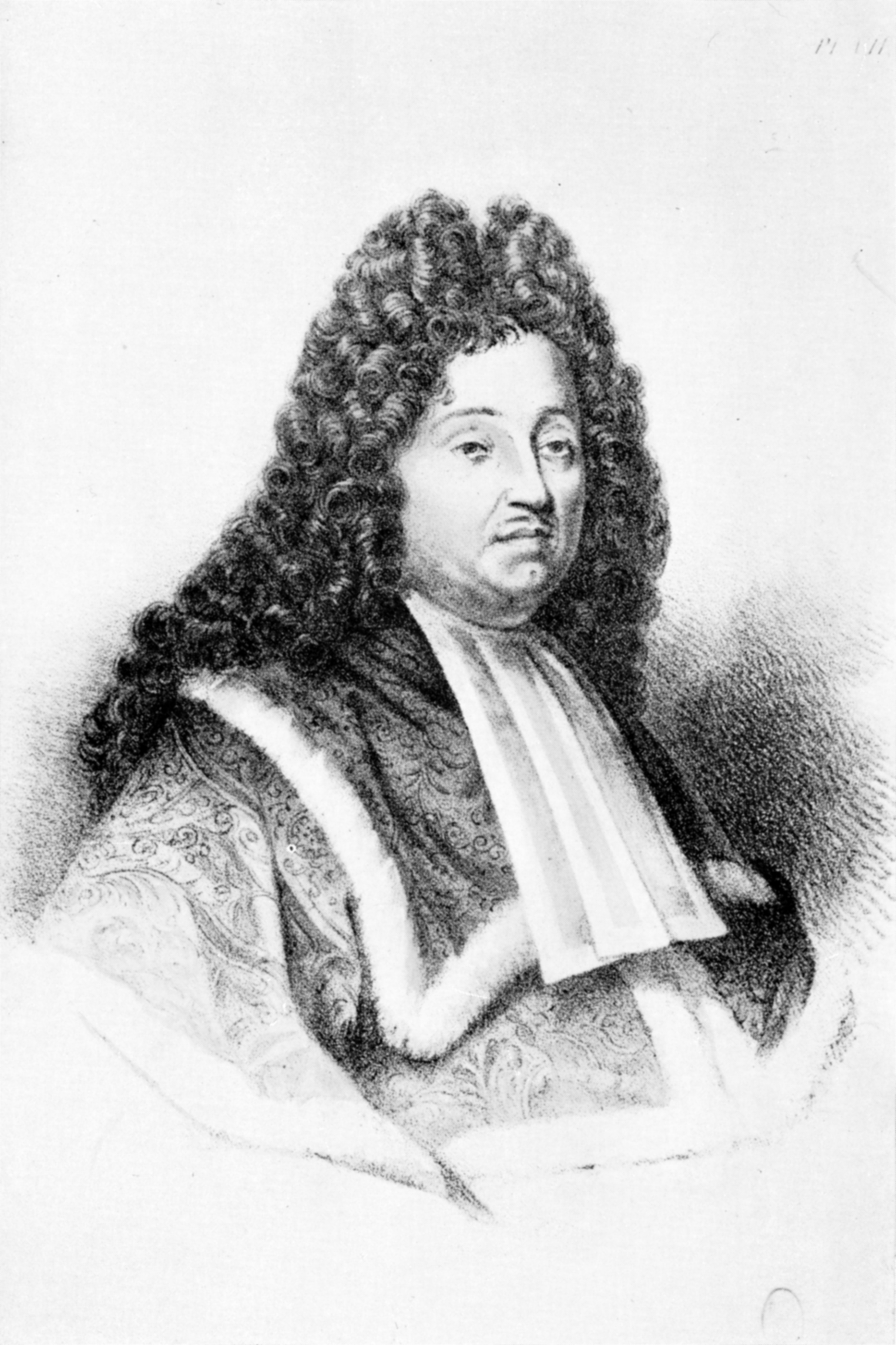|
Loquat
The loquat (''Eriobotrya japonica'', Chinese: 枇杷; Pinyin: pípá) is a large evergreen shrub or tree grown commercially for its orange fruit. It is also cultivated as an ornamental plant. The loquat is in the family Rosaceae, subfamily Spiraeoideae, tribe Pyreae, subtribe Pyrinae. It is native to the cooler hill regions of south-central China. In Japan, the loquat has been grown for over 1,000 years. It has been introduced to regions with subtropical to mild temperate climates throughout the world. ''Eriobotrya japonica'' formerly was thought to be closely related to the genus ''Mespilus'' and is still sometimes mistakenly known as the Japanese medlar, which is the name it takes in other European languages, such as in Spanish or in Italian. It is also known as Japanese plum and Chinese plum. Etymology The name loquat derives from Cantonese ''lou4 gwat1'' (). The phrase 'black orange' originally referred to unripened kumquats, which are dark green in color, but the name ... [...More Info...] [...Related Items...] OR: [Wikipedia] [Google] [Baidu] |
Rosaceae
Rosaceae (), the rose family, is a family of flowering plants that includes 4,828 known species in 91 genera. The name is derived from the type genus '' Rosa''. The family includes herbs, shrubs, and trees. Most species are deciduous, but some are evergreen. They have a worldwide range but are most diverse in the Northern Hemisphere. Many economically important products come from the Rosaceae, including various edible fruits, such as apples, pears, quinces, apricots, plums, cherries, peaches, raspberries, blackberries, loquats, strawberries, rose hips, hawthorns, and almonds. The family also includes popular ornamental trees and shrubs, such as roses, meadowsweets, rowans, firethorns, and photinias. Among the most species-rich genera in the family are '' Alchemilla'' (270), '' Sorbus'' (260), ''Crataegus'' (260), '' Cotoneaster'' (260), '' Rubus'' (250), and ''Prunus'' (200), which contains the plums, cherries, peaches, apricots, and almonds. However, all of th ... [...More Info...] [...Related Items...] OR: [Wikipedia] [Google] [Baidu] |
Mespilus
''Mespilus'', commonly called medlar, is a genus of flowering plants in the family Rosaceae containing the single species '' Mespilus germanica'' of southwest Asia. It is also found in some countries in the Balkans, especially in Albanian, Macedonian and Bulgarian regions, and in western parts of Caucasian Georgia. A second proposed species, '' Mespilus canescens'', discovered in North America in 1990, proved to be a hybrid between ''M. germanica'' and one or more species of hawthorn, and is properly known as ''× Crataemespilus canescens''. Plant ''Mespilus'' forms deciduous large shrubs to small trees growing up to tall. The fruit is a matte brown pome. History ''Mespilus germanica'' is apparently native only to southwest Asia and southeastern Europe, i.e. near the Black Sea coast and western Mediterranean, and Asia Minor, as well as the Caucasus and northern Iran, but it has an ancient history of cultivation and wild plants exist in a much wider area; it was grown by ... [...More Info...] [...Related Items...] OR: [Wikipedia] [Google] [Baidu] |
Carl Peter Thunberg
Carl Peter Thunberg, also known as Karl Peter von Thunberg, Carl Pehr Thunberg, or Carl Per Thunberg (11 November 1743 – 8 August 1828), was a Sweden, Swedish Natural history, naturalist and an Apostles of Linnaeus, "apostle" of Carl Linnaeus. After studying under Linnaeus at Uppsala University, he spent seven years travelling in southern Italy and Asia, collecting and describing people and animals new to European science, and observing local cultures. He has been called "the father of South African botany", "pioneer of Occidental Medicine in Japan", and the "Japanese Carl Linnaeus, Linnaeus". Early life Thunberg was born and grew up in Jönköping, Sweden. At the age of 18, he entered Uppsala University where he was taught by Carl Linnaeus, regarded as the "father of modern Taxonomy (biology), taxonomy". Thunberg graduated in 1767 after 6 years of studying. To deepen his knowledge in botany, medicine and natural history, he was encouraged by Linnaeus in 1770 to travel to P ... [...More Info...] [...Related Items...] OR: [Wikipedia] [Google] [Baidu] |
Flower
Flowers, also known as blooms and blossoms, are the reproductive structures of flowering plants ( angiosperms). Typically, they are structured in four circular levels, called whorls, around the end of a stalk. These whorls include: calyx, modified leaves; corolla, the petals; androecium, the male reproductive unit consisting of stamens and pollen; and gynoecium, the female part, containing style and stigma, which receives the pollen at the tip of the style, and ovary, which contains the ovules. When flowers are arranged in groups, they are known collectively as inflorescences. Floral growth originates at stem tips and is controlled by MADS-box genes. In most plant species flowers are heterosporous, and so can produce sex cells of both sexes. Pollination mediates the transport of pollen to the ovules in the ovaries, to facilitate sexual reproduction. It can occur between different plants, as in cross-pollination, or between flowers on the same plant or even the same f ... [...More Info...] [...Related Items...] OR: [Wikipedia] [Google] [Baidu] |
Panicle
In botany, a panicle is a much-branched inflorescence. (softcover ). Some authors distinguish it from a compound spike inflorescence, by requiring that the flowers (and fruit) be pedicellate (having a single stem per flower). The branches of a panicle are often racemes. A panicle may have determinate or indeterminate growth. This type of inflorescence is largely characteristic of grasses, such as oat and crabgrass, as well as other plants such as pistachio and mamoncillo. Botanists use the term paniculate in two ways: "having a true panicle inflorescence" as well as "having an inflorescence with the form but not necessarily the structure of a panicle". Corymb A corymb may have a paniculate branching structure, with the lower flowers having longer pedicels than the upper, thus giving a flattish top superficially resembling an umbel. Many species in the subfamily Amygdaloideae, such as hawthorns and rowans, produce their flowers in corymbs. up'' Sorbus glabrescens'' co ... [...More Info...] [...Related Items...] OR: [Wikipedia] [Google] [Baidu] |
Cultivar
A cultivar is a kind of Horticulture, cultivated plant that people have selected for desired phenotypic trait, traits and which retains those traits when Plant propagation, propagated. Methods used to propagate cultivars include division, root and stem cuttings, offsets, grafting, micropropagation, tissue culture, or carefully controlled seed production. Most cultivars arise from deliberate human genetic engineering, manipulation, but some originate from wild plants that have distinctive characteristics. Cultivar names are chosen according to rules of the International Code of Nomenclature for Cultivated Plants (ICNCP), and not all cultivated plants qualify as cultivars. Horticulturists generally believe the word ''cultivar''''Cultivar'' () has two meanings, as explained in ''#Formal definition, Formal definition'': it is a classification category and a taxonomic unit within the category. When referring to a taxon, the word does not apply to an individual plant but to all plants t ... [...More Info...] [...Related Items...] OR: [Wikipedia] [Google] [Baidu] |
Michał Boym
Michał Piotr Boym, SJ ( zh, c=卜彌格, p= Bǔ Mígé;Transliterated also (using Wade-Giles) as ''Pu Che-yuen Mi-ko'' c. 1612 – 1659) was a Polish Jesuits, Jesuit missionary to China, scientist and explorer. He was an early Western traveller within the Chinese mainland, and the author of numerous works on Asian fauna, flora and geography. The first European Chinese dictionary, published in 1670, is attributed to Boym. Biography Michał Boym was born in Lwów, Crown of the Kingdom of Poland, Poland (now Lviv, Ukraine), around 1614, to a well-off family of Hungarians, Hungarian ancestry. His grandfather Jerzy Boim came to Poland from Hungary with the king Stefan Batory, and married Jadwiga Niżniowska.Ród Boimów (The Boim Family) Michał's father, Paweł Jerzy Boim (1581–1641), was ... [...More Info...] [...Related Items...] OR: [Wikipedia] [Google] [Baidu] |
Persimmon
The persimmon () is the edible fruit of a number of species of trees in the genus '' Diospyros''. The most widely cultivated of these is the Chinese and Japanese kaki persimmon, ''Diospyros kaki''. In 2022, China produced 77% of the world's persimmons. Description Like the tomato, the persimmon is not a berry in the general culinary sense, but its morphology as a single fleshy fruit derived from the ovary of a single flower means it is a berry in the botanical sense. The tree ''Diospyros kaki'' is the most widely cultivated species of persimmon. Typically the tree reaches in height and is round-topped. It usually stands erect, but sometimes can be crooked or have a willowy appearance. The leaves are long, and are oblong in shape with brown-hairy petioles in length. They are leathery and glossy on the upper surface, brown and silky underneath. The leaves are deciduous and bluish-green in color. In autumn, they turn to yellow, orange, or red. Persimmon trees are typica ... [...More Info...] [...Related Items...] OR: [Wikipedia] [Google] [Baidu] |
Pierre Magnol
Pierre Magnol (8 June 1638 – 21 May 1715) was a French botanist. He was born in the city of Montpellier, where he lived and worked for most of his life. He became Professor of Botany and Director of the Royal Botanic Garden of Montpellier and held a seat in the Académie Royale des Sciences de Paris for a short while. He was one of the innovators who devised the botanical scheme of classification. He was the first to publish the concept of plant families as they are understood today, a natural classification of groups of plants that have features in common. Youth and education Pierre Magnol was born into a family of apothecaries (pharmacists). His father Claude ran a pharmacy as did his grandfather Jean Magnol. Pierre's mother was from a family of physicians. Pierre's older brother Cesar succeeded his father in the pharmacy. Pierre, being one of the younger children, had more freedom to choose his own profession, and wanted to become a physician. He had become devoted to natu ... [...More Info...] [...Related Items...] OR: [Wikipedia] [Google] [Baidu] |
Tang Dynasty
The Tang dynasty (, ; zh, c=唐朝), or the Tang Empire, was an Dynasties of China, imperial dynasty of China that ruled from 618 to 907, with an Wu Zhou, interregnum between 690 and 705. It was preceded by the Sui dynasty and followed by the Five Dynasties and Ten Kingdoms period. Historians generally regard the Tang as a high point in Chinese civilisation, and a Golden age (metaphor), golden age of cosmopolitan culture. Tang territory, acquired through the military campaigns of its early rulers, rivalled that of the Han dynasty. The House of Li, Li family founded the dynasty after taking advantage of a period of Sui decline and precipitating their final collapse, in turn inaugurating a period of progress and stability in the first half of the dynasty's rule. The dynasty was formally interrupted during 690–705 when Empress Wu Zetian seized the throne, proclaiming the Wu Zhou dynasty and becoming the only legitimate Chinese empress regnant. The An Lushan rebellion (755 ... [...More Info...] [...Related Items...] OR: [Wikipedia] [Google] [Baidu] |






